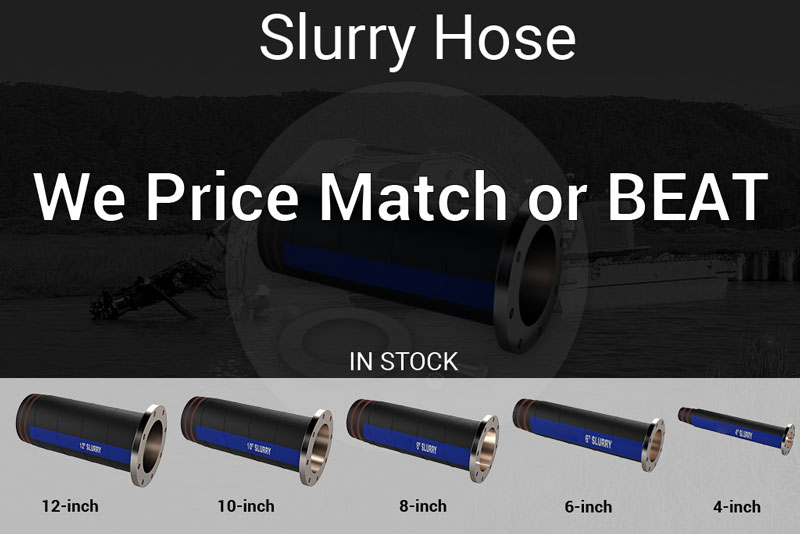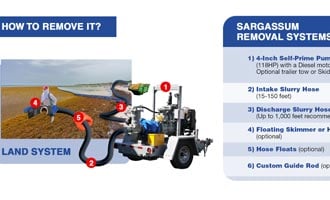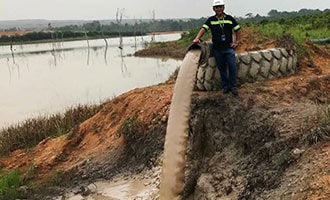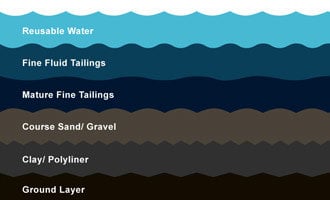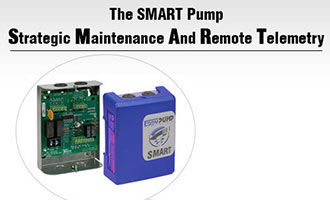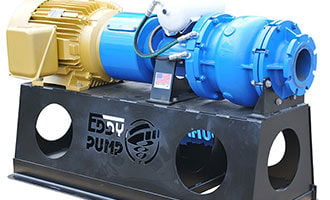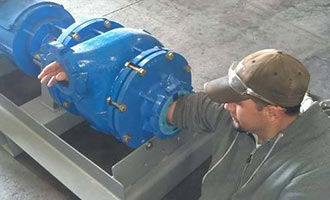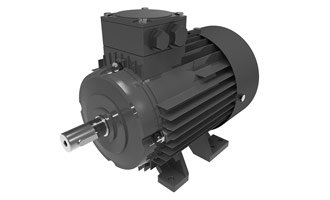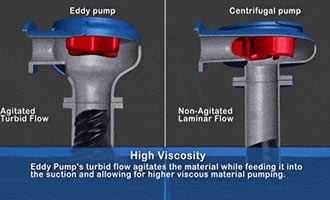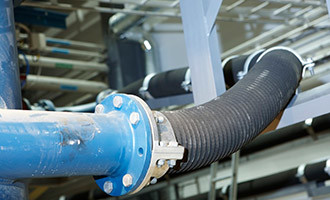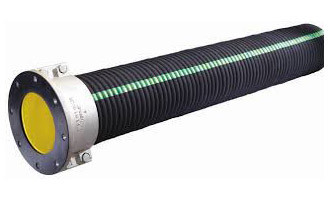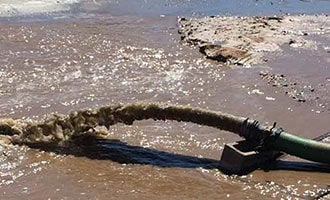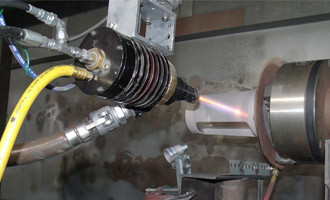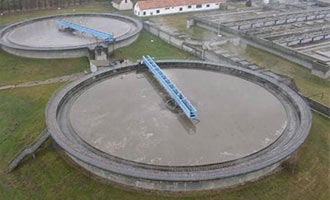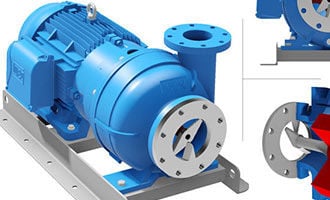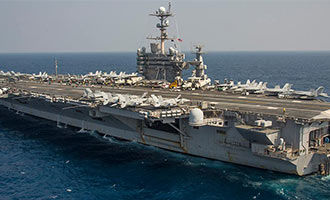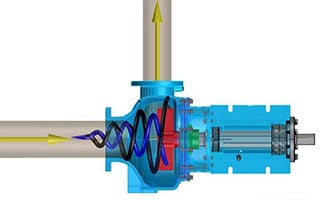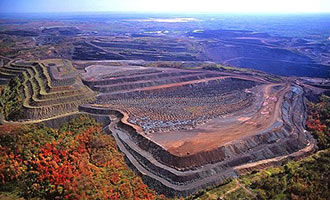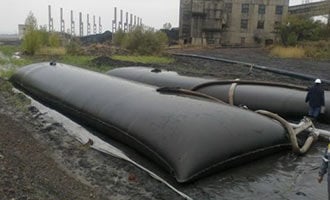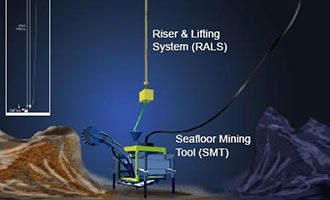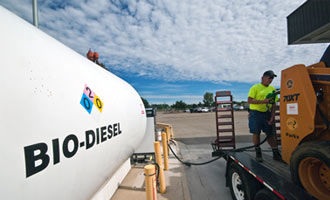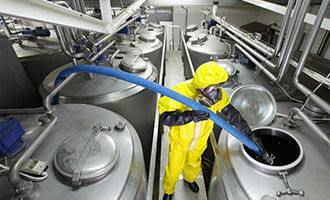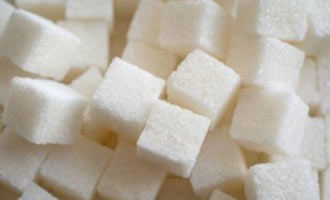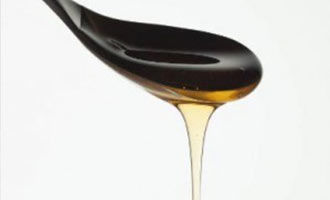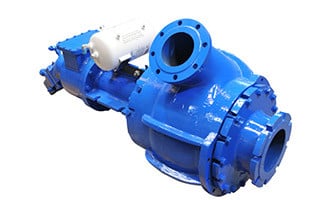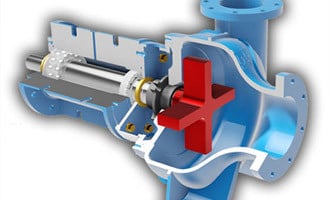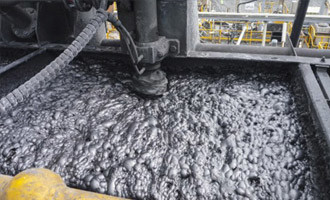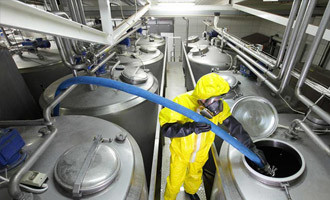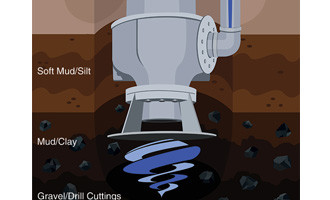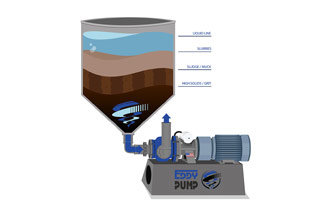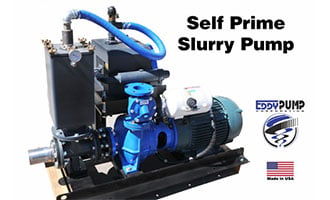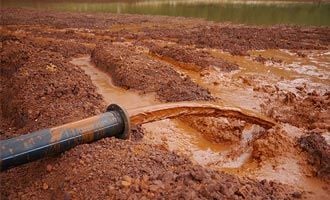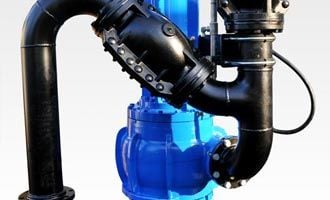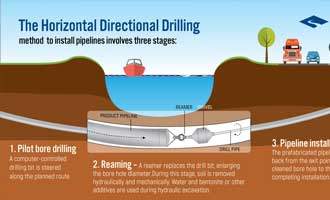How to Choose a Slurry Hose, Slurry Hose Selection 101
Learn about the ins and outs of selecting a slurry hose and discover what variables to look out for. Browse Our Slurry PumpsContact Us For Fast QuoteSelecting the best hose for your pump relies on knowing several variables relating to aspects of the operation. While the cost of a new hose might be a drop in the bucket compared to the overall cost of the operation, when a hose stops functioning, it can bring the entire operation to a grinding halt, significantly affecting production rates. Therefore, selecting the correct hose initially could actually improve production rates from sheer lack of maintenance. Get a free quote on slurry hose for your project!
Why Use a Slurry Hose?
Slurry hoses are the tough alternative to rigid and heavy steel pipelines. They are easy to maneuver and install, often on-site with basic tools. Pipelines work great for moving material, but they are inflexible, offering little in the way of customizing once installed. Hoses offer much-needed mobility in contrast to pipelines, working great for applications which require frequent relocation of the pump, like dredging. The slurry hose can bend and easily fit into existing pipe structure with no welding necessary. Additionally, slurry hoses help to absorb system vibration, saving wear on crucial equipment.
- Reduced vibrations and noise
- Compensates for heat and cold expansion
- Able to be fitted on-site
- Flexible movement
- Constructed from a variety of compounds depending on need

Selection Factors
One of the better ways to remember the factors and variables that go into selecting a proper slurry hose is to use the acronym STAMPED, which stands for:
S – Size (Size of inside diameter, outside diameter, and total length including fittings and tolerances)
T – Temperature (Ambient temperature as well as the temperature of the material)
A – Application (Configuration, routing, orientation of the hose)
M – Material (Type of material, concentration of solids, pH level, flow rate, and velocity)
P – Pressure (Max pressure within a system. The hose and hose end should not be rated to a pressure less than the maximum operating pressure system.)
E – Ends (Hose style, type, orientation and attachment methods, coupled or uncoupled)
D – Delivery (How quickly the job must be completed)
By compiling the above data about the project, you are now primed for selecting the correct type of slurry hose.
Matching a Slurry Hose to Existing Pipeline
In most cases, slurry hoses and pipelines are measured by their inner diameter. In mining and other highly abrasive applications, slurry hoses have internal linings to mitigate abrasive wear on the hose. Additionally, the main pipelines used in high abrasive pumping operations are also usually lined with rubber or other material to reduce wear.
These linings could make the inner diameter more narrow than they would initially appear. Due to this, when matching a hose to an existing pipeline, you also need to know the outside diameter, thickness, and if there is lining present in the pipe. This way, you can ensure that the inner diameter of both the slurry hose and the pipeline match perfectly, providing a uniform flow throughout the system.
Common Ends and Fittings
There are various ends and fittings that can be attached to a slurry hose to attach it to another section of hose, attach to the pump itself, along with many more uses.
Couplings are used to connect two pieces of hose or pipe together into one single unit. Couplings consist of flanged metallic segments which are mounted directly to the hose. Hose couplings are also standardized, allowing you to swap out sections of hose or pipe easily. Multiple couplings could be used to extend the length of the hose as needed. Since couplings do not come into direct contact with the material, they can generally be reused when replacing hoses.
Gaskets are also used with slurry hoses to help completely seal the couplings, ensuring no leaks are formed, while maintaining the inner diameter of the hose, thereby reducing turbulence and irregular flow caused by uneven diameters.
All flanges and couplings are classed based on their composition, usually iron or steel, along with the type of bolts or screws used for the fittings. Each class varies, depending on factors such as temperature, operating pressure, and dimensions. Most slurry hoses use ANSI (American National Standards Institute) class flanges, which are standardized across the industry.
Typical Lifespan of Slurry Hose
While there are several factors that could prematurely end the life of a slurry hose, employing proper usage and storage habits, a slurry hose should outlast both HDPE and steel pipelines when pumping the same type of materials.
Elastomer hoses are typically controlled by SAE AS1933. In a nutshell, this standard establishes acceptable age limits for hoses and assemblies that contain elastomeric materials. The standard states that the hose must be less than 8 years old at the time of acceptance by an end user. The standard also states that hoses must be stored under ARMA (Adaptability Rating for Military Aviation) conditions which stipulates that the hoses should not be stored in excessive heat, cold, or excessive sunlight. The surface on which the hose is stored should be able to support the entire hose. Slurry hoses should also not be stored next to electric machinery due to the harmful effect ozone could have on the rubber.
Hoses stored under these conditions for up to 8 years will still provide a reasonable service life to the end user.
Order or Get Selection Help
Let our sales or engineering support help in your slurry pump and slurry hose equipment selection. Call (619) 258-7020
Why EDDY Pumps Are Better – Highlights
This video shows how EDDY Pump transports high slurry and abrasive materials. Featured dredge pump equipment includes the Remote Operated Subdredge, Diver Operated Pump and a Excavator Attachment Dredge Pump.
Why EDDY Pumps Are Better - Highlights
This video shows how EDDY Pump transports high slurry and abrasive materials. Featured dredge pump equipment includes the Remote Operated Subdredge, Diver Operated Pump and a Excavator Attachment Dredge Pump.


